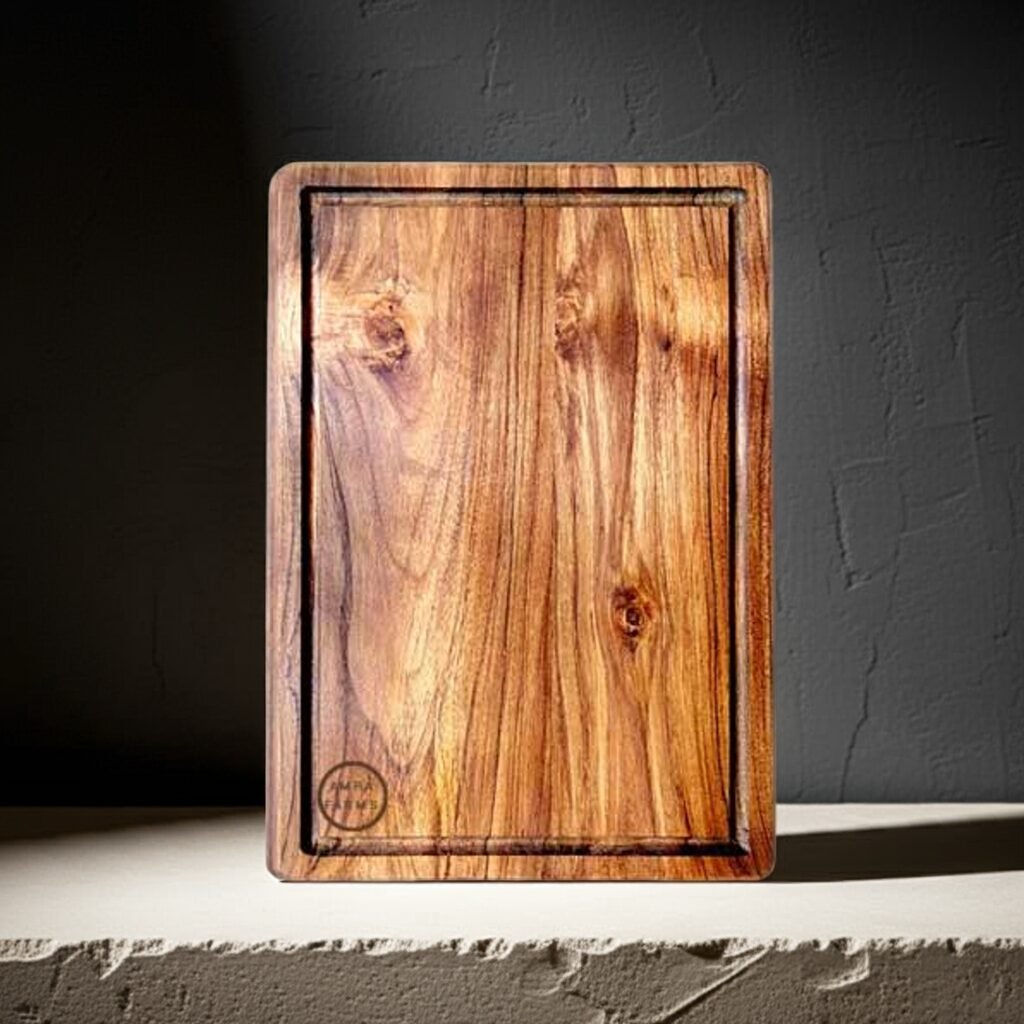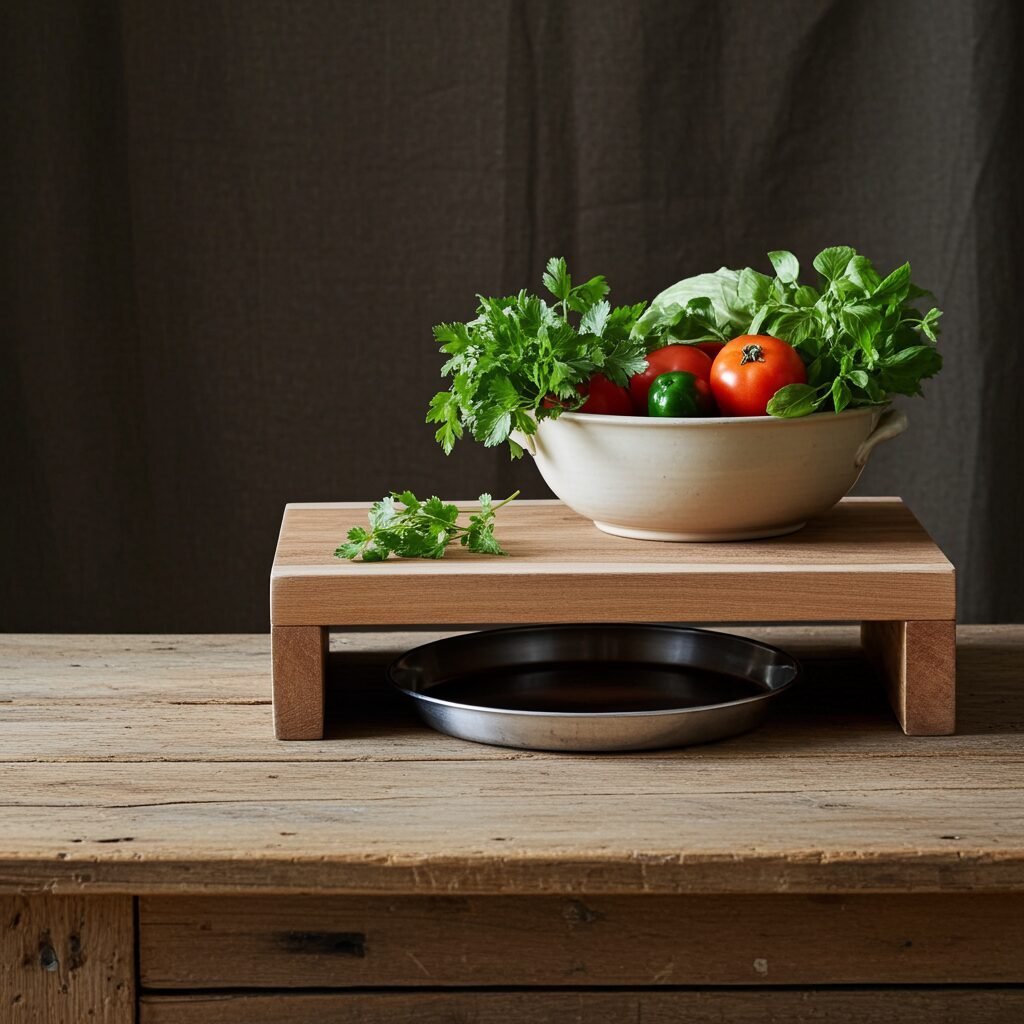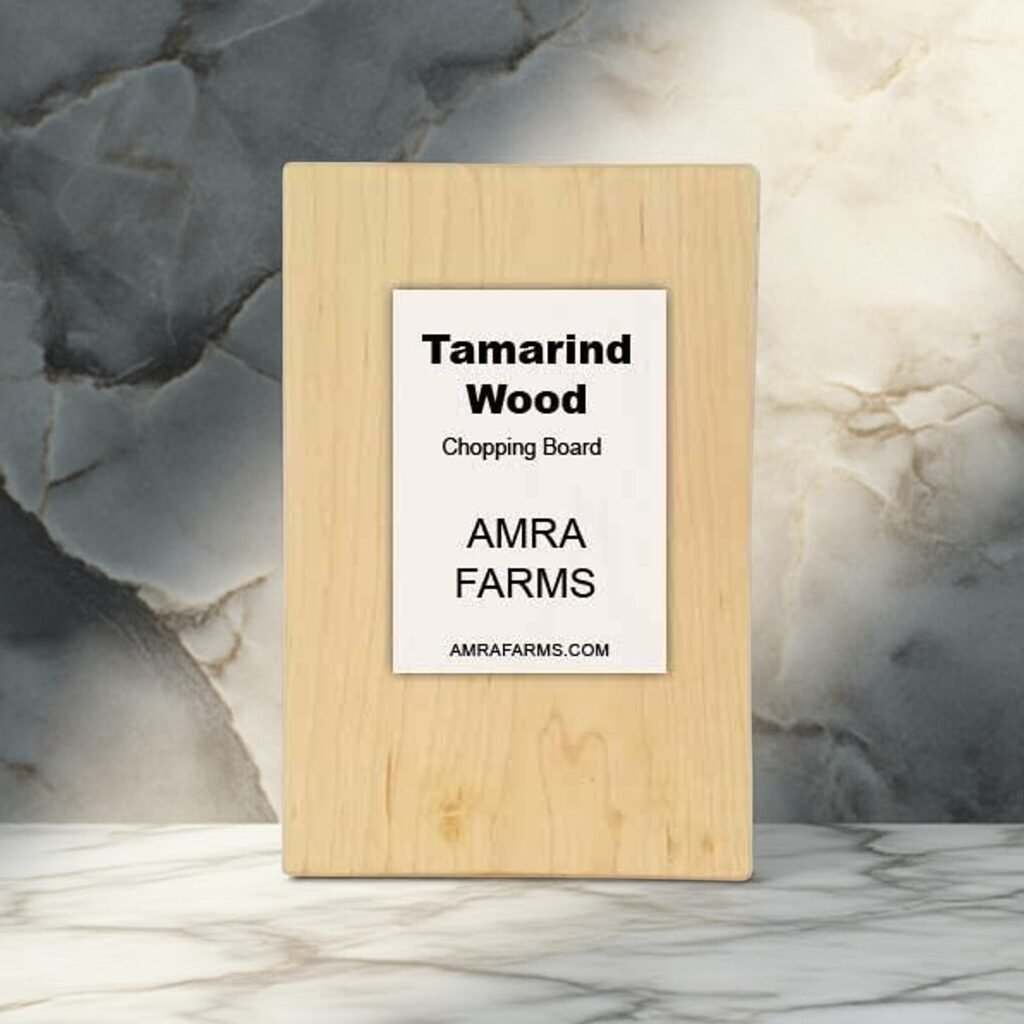Your cart is currently empty!
How to Disinfect & Deep Clean Your Wooden Chopping Board (The Right Way!)
A chopping board is one of the few accessories in the kitchen that goes through rigorous tests. Being a tool that is used every single day, and multiple times often, the chopping board goes through cuts, chops, and tears every single day. Being an accessory that is used regularly, it is only natural that we all feel concerned about the hygiene of chopping boards. A chopping board with regular use will often be susceptible to poor appearance. Stains and cuts are often visible, but the major concern is always about the hygiene of the board itself.
Check out the below video on Cleaning your wooden choppiing boards by Masterchef Pankaj Bhadouria






Importance of Keeping a Chopping Board Clean
Why do you need to keep your chopping boards clean every single time? There are several reasons for this.
- Food Safety and Bacteria Prevention: Chopping boards come in direct contact with meat, poultry, fish, and vegetables. When they are not regularly cleaned and sanitized, they come in contact with harmful bacteria like Salmonella, E. coli, and Listeria, leading to foodborne illnesses. Cross-contamination occurs when bacteria transfer from raw food to ready-to-eat items. If you chop bread after chopping meat, you risk cross-contamination from the meat, which must be avoided.
- Prevention of Mould and Odour: Moisture from food and improper drying leads to the growth of mould and an unpleasant odour, especially in wood and bamboo. Continuous moisture in the wood will result in stains. Odours from food like onion, garlic, and fish will linger on the board for a long time if not properly cleaned. This affects all the food you cut on the board moving forward.
- Longevity of the Board: Keeping your chopping boards clean and well-maintained helps extend the life of your chopping boards. Wooden boards, in particular, require care. Regular oiling will prevent cracking and warping. Plastic boards require periodic deep cleaning to remove knife grooves that trap bacteria. Plastic boards do warp after an extended period of use and should be discarded when stains are not removable.
Different Types of Chopping Boards and Their Cleaning Methods
Wooden Chopping Boards:
Wooden chopping boards made from hardwood are naturally antibacterial but absorb moisture. They are porous and require careful cleaning. Clean your chopping boards with mild soap and warm water. Dry immediately with a towel and oil regularly to prevent warping and cracking. Avoid using harsh chemicals and do not soak the chopping board. Hand wash only. Not dishwasher safe.
Plastic Chopping Boards:
Plastic boards are cheap and easy to clean. They are non-porous and can be easily cleaned and sanitized. Depending on the quality of the plastic, the boards either develop deep knife grooves over a long period of use or, if the board material is dense, will result in dull knives faster. Plastic boards can be sanitized with hot soapy water or can be cleaned in a dishwasher. Plastic boards, being dishwasher-safe, make cleaning faster and easier. You can also use a diluted bleach solution or hydrogen peroxide when necessary.
1. Daily Cleaning Routine
A daily cleaning routine for a wooden chopping board ensures a longer life. Rinsing your chopping board after use with warm water ensures your chopping board remains clean and all food particles are removed from the surface, preventing bacterial growth. The daily cleaning process for each type of board varies.
Cleaning a Wooden Chopping Board
Wooden chopping boards are sensitive to harsh chemicals. Use mild soap with a sponge and gently scrub the surface. Do not use hot water and never soak the chopping board. Rinse thoroughly and pat dry immediately with a clean, dry towel.
Things to note when caring for wooden chopping boards include not soaking them. Wooden boards are prone to absorb water, causing warping and cracking fast. Excess moisture also creates an ideal environment for bacteria and mould. Always dry your chopping board immediately after use and leave it upright to ensure air circulation. Occasionally apply mineral oil or coconut oil to the board to prolong its life.
Cleaning Plastic Chopping Boards
Plastic chopping boards are far easier to clean. Use dishwashing liquid to clean your plastic chopping boards. Plastic is sensitive to hot water and may warp when exposed to high temperatures. Avoid hot water when cleaning plastic. Use a scrub, preferably a soft bristle brush, to clean your chopping board. You don’t have to worry about soaking your chopping board in water. Wipe clean and let it air dry. Ensure your chopping boards are dry to prevent mould and bacterial growth.
If your plastic chopping boards are stained and beyond repair, replace them. Cheap plastic boards may be a concern for kitchen hygiene and food safety. Disinfecting a plastic cutting board is easier than disinfecting wooden ones. Antibacterial cleaning involves using hot water (though we don’t recommend doing that very often) with dishwashing soap.
2. Deep Cleaning and Disinfection
Deep cleaning of your chopping board could vary depending on the material. While steel, glass, and plastic are easy to clean, sanitizing wooden cutting boards is different and time-consuming. With deep cleaning, you can ensure foodborne bacteria do not pass on to your food and cross-contamination is prevented. Deep clean after cutting raw meat or poultry and disinfect your boards with hot soapy water. Apply white vinegar or hydrogen peroxide and let it sit for a few minutes. Rinse thoroughly and dry completely with a towel.
When required, sprinkle baking soda over the board, pour white vinegar, and let it fizz for a few minutes. Scrub lightly with a soft brush and rinse thoroughly to remove stains and odours. This is the best practice for wooden chopping boards. You can also use 3% hydrogen peroxide over the board, let it sit for 5-10 minutes, rinse with warm water, and dry thoroughly.
For plastic, you can mix a tablespoon of bleach with 1 litre of water, soak the board for 5 minutes, and rinse thoroughly. Do not use bleach on a wooden board. For glass and steel, disinfection can be as simple as cleaning with hot water.
3. Removing Stains and Odours
Wooden boards are sensitive to harsh chemicals and do get stained, like plastic boards. Removing stains from a wooden chopping board requires a more sensitive and organic approach compared to that of a plastic board. Stain removal and deodorizing a cutting board are important for hygiene and aesthetics, especially when they are expensive and made from wood.
To remove stains from a chopping board, sprinkle coarse salt and use a lemon half as a scrub for your board. Let it sit for 5 minutes before rinsing and drying. For stains that are not easy to remove, you may want to repeat the process 2-3 times over the course of a week.
Plastic chopping boards are easier to deodorize, and you can remove stains by using a paste of baking soda with water and applying it to the area. Scrub with a brush and rinse well.
White vinegar is great for eliminating odours and can be sprayed on both wooden and plastic boards. Do not use an excess of vinegar on wooden boards, as they are more sensitive and it affects the natural oil content in the wood.
Categories
Products
- Buy Wooden Vegetable Cutting Boards Online
- Wooden Kitchen Accessories Tools
- Buy Butcher Block & Meat Cutting Boards Online
- Buy Premium Edge Grain Single Block Wooden Chopping Boards Online
- Buy The Best Teak Wood Chopping Boards Online In India
- Buy Wooden Cutting Boards With Handle For Kitchen
- Mango Wood Chopping Boards
- Single Block Chopping Boards
- Tamarind Wood Chopping Boards
- Wooden Platter Boards , Pizza Platters & Charcuterie Boards
Tamarind Wood Cutting Board Teak Wood Cutting board
